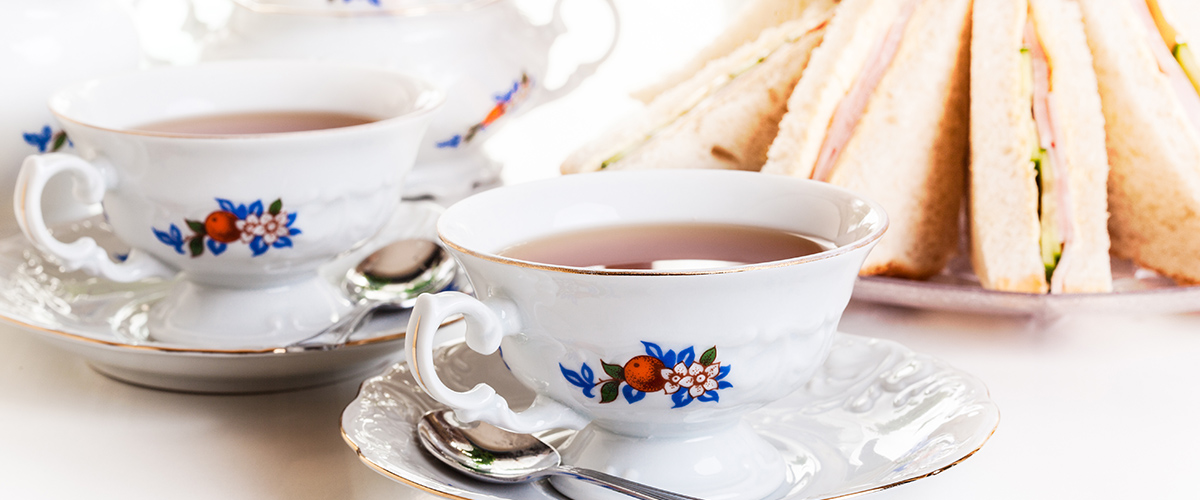My first tryst with the quintessential British tea time was deep within the pages of Jane Austen’s books, where I was regaled with the romance and drama around it. Nothing says ‘tea time’ more flamboyantly than the fanfare of the British high tea. I could think of no one better than Peter Keen, author of some of Still Steeping’s most popular tea posts to talk about it. I was pretty sure I would chance upon ‘Austenesque’ scones, sandwiches and tea time stories. Only, I didn’t.
In an hour-long conversation with Peter Keen, British writer living in the USA, I was taken to another era, the Britain of Peter’s youth, to the ‘60s and ‘70s. A time when Britain was shedding the austerity of the world war and marching forth into discovering a world of newfound expression, steeped in optimism and grooving to the Beatles.
Peter’s Britain was made of working-class heroes whose day began at dawn with a cup of strong Ceylon black tea. Breakfast meant eating whatever you were given and downing it with a dark and heavy full leaf brew that left no distinguishing aftertaste. That morning cup of tea, a routine Peter was enlisted into at age 8 is something he enjoys even today. Only now, he chooses from over 70 teas from all over the world.
The tea time that Peter described was the afternoon tea, a social yet low-key gathering, where attendance was only by invitation. Neighbors and family gathered in perfectly manicured living rooms, around the host’s finest china, catching up on polite banter, biscuits and a smattering of sweet nibbles. His first tea party, Peter recalls, was at age 16, and as the youngest at the table, decorum demanded that he ‘be seen but not heard’. His enthusiasm for McVities Chocolate Digestive biscuits was curbed to two helpings and no more.
This occasion often centered around women as the men would be away at work, making the afternoon tea a relaxing gathering where the day’s highlights were discussed happily. With an accompaniment of biscuits, saccharine sweet Lion’s candies, Swiss rolls, and Assam tea, the afternoon tea was palpably more social than the solitary breakfast tea.
The ceremony itself involved the hostess, her sole porcelain tea set, most favored tea cosy and a well-maintained living room. To take along a gift or indulge in political talk was faux pas.
Tea in Britain, in the ‘60s and ‘70s, came predominantly from the British colonies of India, Ceylon and Kenya. Always whole leaf, the English chose between blends of black teas, democratized by staple tea brands. Only very special guests or a special occasion qualified for a Darjeeling blend, a luxury in working class homes. At the other end of the scale were the high teas at the Savoy or The Ritz where scones, cucumber and salmon sandwiches would be served.
For a contemporary high tea, Peter recommends a second flush Darjeeling from Margaret’s Hope or a Castleton Moonlight. To dress it up a bit, trade the plate of biscuits for some delicious cucumber sandwiches (recipe below). And invite friends who will bring along a great stash of rib-tickling stories.
Recipe by Richa Gupta
[yumprint-recipe id=’27’]

